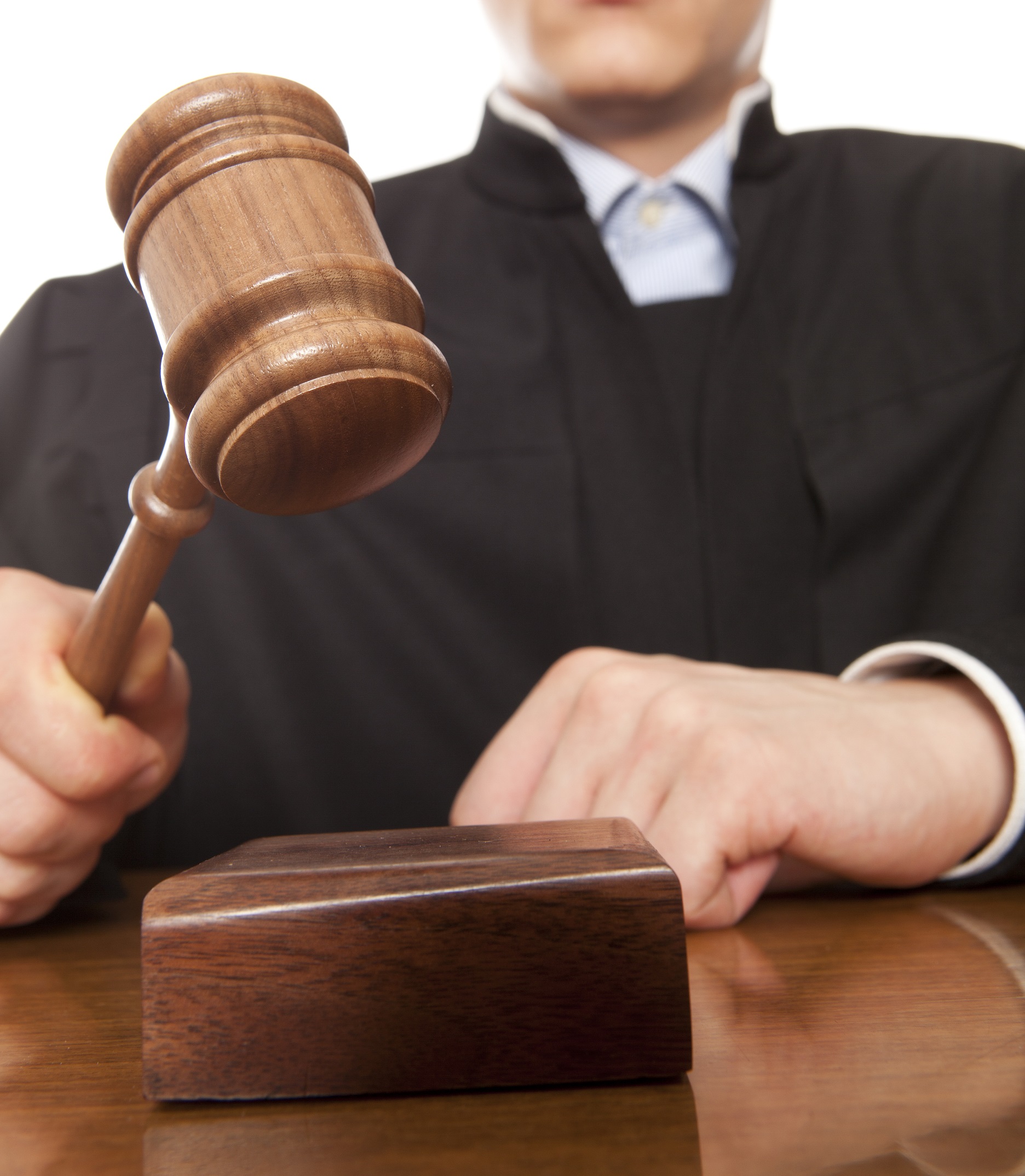Recoverable Damages After an Accident in DC
The value of a personal injury claim after an accident or incident caused by another’s negligence, recklessness, or carelessness is the source of a lot of debate. The types of damages one may seek are fairly straightforward. Assessing a fair value, however, is more difficult. There are many parties – beginning with the defendant named in the civil claim or lawsuit – who must be convinced that the injured plaintiff’s cause is just and that he or she is owed compensation. As to the types of damages themselves, they are broken down into two basic categories: compensatory damages and punitive damages.
Compensatory Damages
There are two subsets of compensatory damages: economic and non-economic. The former are direct expenses as a result of the incident. The latter are contingent upon the harms and losses suffered.
Economic damages
 Economic damages are easier to calculate than non-economic damages and include:
Economic damages are easier to calculate than non-economic damages and include:
All of the injured victim’s medical bills – past, present and future: Obviously the bills received are easy to factor. But if the victim has not yet fully recovered and may need – for example – extended physical or occupational therapy, those expenses must be reasonably projected.
Lost Income: This is also relatively easy to figure when it involves income lost up to the point of the trial or settlement, including lost benefits (retirement, health, etc.). But if there is any disability to the patient that extends past the trial, any lost income and/or benefits must be reasonably projected into the future.
Other economic damages can include, but are not necessarily limited to: money to pay for household services that injured plaintiffs are no longer capable of performing, repair or replacement costs of any of the victim’s personal property that may have been destroyed in the incident, such as their car, bicycle, laptop and other items of value that may have been destroyed after a serious vehicle accident.
Non-economic damages
Pain and Suffering: This concept is easy to understand though it can be a point of serious contention between plaintiffs and defendants. Typically, the defense will attempt to play down the victim’s harms and losses for the purposes of lowering the amount of compensation. This is why the plaintiff’s lawyer must put together a strong case with the appropriate documentation to demonstrate the true degree of harm and loss the victim suffered and the length of time that the victim suffered. Different forms of pain and suffering that can be factored into this loss can include mental and emotional suffering, damage to the injured plaintiff’s professional and personal reputation (especially if there is serious disfigurement), and the possible worsening of those injuries. Damages for pain and suffering can be difficult to negotiate because pain is not exactly quantifiable. For example, a person who has been involved in an accident may be experiencing residual headaches. However, it is very difficult to determine the intensity of pain a person is experiencing.
Disability: If the injured party becomes physically or mentally disabled several disability-related claims can be made. These can include:
- If the injured party suffered permanent disability, disfigurement, blindness, loss of a limb, or paralysis;
- If the injured party’s disability renders them unable to return to their previous job (or work at all);
- The value of any lost benefits that the injured plaintiff will no longer receive, in addition to lost wages;
- If the injured party is self-employed or owns his or her own business the value of lost income for the duration of his/her injury or disability may be claimed.
Loss of consortium: Represents the “loss of love, care, direction, and reinforcement” represented by a spouse or partner.
There are many actuarial tables to compute these amounts and medical experts can testify to the harms and losses as well as whether or not the plaintiff can reasonably expect to be able to go back to their chosen profession, or any job, after a catastrophic injury. As a general rule, the more lucrative the victim’s professional life was before they were injured the more extensive or valuable the claim.
Punitive Damages
Punitive damages are damages that are only allowed in an extremely limited number of cases, whereby the court feels it is appropriate to instruct the jury on punitive damages. These damages act as a punishment for some egregious conduct in order to deter companies from acting in the same manner in the future. Punitive damages are only allowed when the court permits such an issue to go forward. Punitive damages are awarded in very limited cases, under very limited circumstances. If the court were to allow the issue of punitive damages to go forward to the jury, the jury would receive specific jury instructions regarding the elements necessary to award punitive damages.
That being said, punitive damages are essentially never awarded in a personal injury case. It is extremely rare for a jury to be allowed to consider awarding punitive damages. If a case does, in fact, qualify for punitive damages, the jury will award punitive damages in accordance with the jury instructions.














 Economic damages are easier to calculate than non-economic damages and include:
Economic damages are easier to calculate than non-economic damages and include: